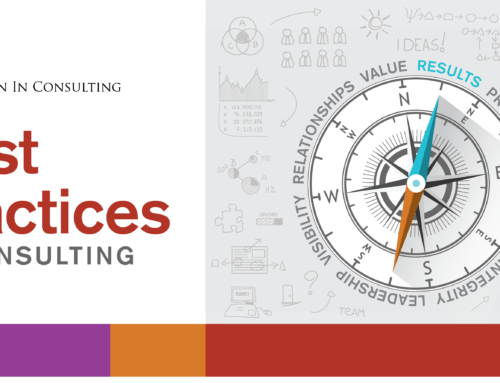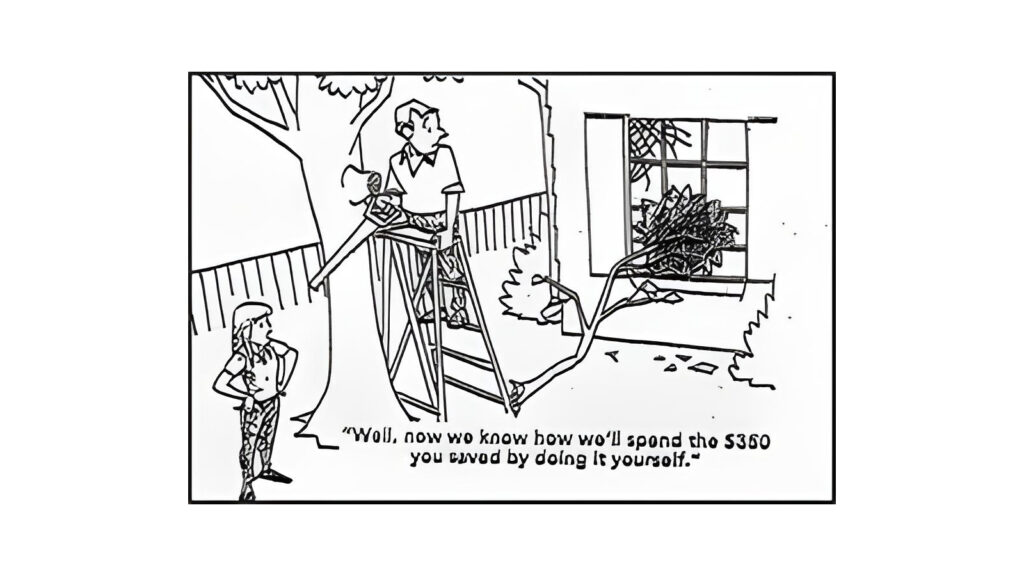Whenever I hear “social media should be real, transparent, and audience focused,” I find myself nodding and wondering at the same time. I agree. It should. But why stop there? All communication strategy should be that way. If it were, it would be way more successful.
Fresh from graduate school, where all I studied was communication—how we humans communicated, what worked, what didn’t—I approached every marcom project as a communication vehicle. My view: it didn’t matter how snappy the writing was or how cool the design looked, if it didn’t resonate with audience—if it didn’t communicate—the chances of success were slim.
Fast forward 16 years, and the mantra of “real, transparent, and audience focused” is heard everywhere—but only for social media. It’s a start, and I love it. But let’s make it the mantra for all communication.
Best Communication Strategy: Know Thy Audience
It’s not enough to focus on your audience based on your best guess. You need to know your audience:
- Who are they (customers/prospects, peers, influencers, mentors, others)?
- What do/don’t they like?
- Where are they?
- Why should they care?
- How do they like to interact with you and how can you help them?
I know, “Duh, obvious.” Yet, we don’t always communicate this way. Why? Because we’re most comfortable talking about what we know. And what do we know best? Ourselves. And, of course, there are those who think the best way to sell is to just talk about how great the product or service is, but that’s a topic for another post.
Pick a Tool for Gathering Knowledge about Your Audience
There are a multitude of ways to learn more about your audience, from traditional to newer social tools:
- Query existing and past clients/customers/patients
- Ask your social media followers what they think
- Be a “lurker”:
- Find discussion groups and communities in your focus area by doing keyword searches and investigating different sites
- Follow the same process to find other blogs in your focus area
- Conduct similar searches on Twitter, LinkedIn, YouTube, and Facebook, etc.
- Keep up on your audience’s interests using social media monitoring tools like Facebook Insights, YouTube Insights, Google Insights for Search, Google Trends, HootSuite, etc.
- Conduct old-fashioned market research (Jen Berkley of The Insight Advantage is awesome at this!)
Once you’ve done your research, be adaptable and open to feedback and changing any approach that isn’t working. Most importantly, focus on helping your customers. No one wants to be “sold” to or pressured or bombarded with marketing messages. They want information. They want assistance. They want to laugh.








I like the valuable info you provide in your articles. I’ll bookmark your weblog and check again here regularly. I’m quite certain I’ll learn many new stuff right here! Good luck for the next!